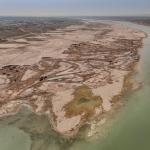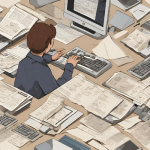From New York Times
Apple Computers Used to Be Built in the U.S. It Was a Mess.
By John Markoff
In 1988, when Jean-Louis Gassée took a close look at Apple’s “highly automated” Macintosh factory in Fremont, Calif., what he saw was not pretty...
After Apple announced a large new campus in Austin, Tex. — creating as many as 15,000 jobs, none of them expected to be manufacturing — it’s worth looking at the company’s flirtation with advanced manufacturing in Silicon Valley in the 1980s. Apple’s co-founder, Steve Jobs, had an abiding fascination with the tradition of Henry Ford and the original mass manufacturing of automobiles in Detroit, as well as the high-quality domestic manufacturing capabilities of Japanese companies like Sony. But his efforts to replicate either in California were examples of his rare failures...
Through the 1980s and 1990s, there were many people who predicted the manufacturing flight would mean the death of Silicon Valley.
“When I started doing research, I begun looking at the chip companies that were moving to low-cost manufacturing regions in the U.S.,” said AnnaLee Saxenian, the dean of the School of Information at the University of California, Berkeley, and the author of “Regional Advantage,” an early analysis of Silicon Valley’s success. “Their executives told me that Silicon Valley is going to die because it's too expensive. I wrote my book because I was basically trying to explain why Silicon Valley was different.”
Dean AnnaLee Saxenian is the author of Regional Advantage: Culture and Competition in Silicon Valley and Route 128 (1994), Silicon Valley's New Immigrant Entrepreneurs (1999), and The New Argonauts: Regional Advantage in a Global Economy (2006).







